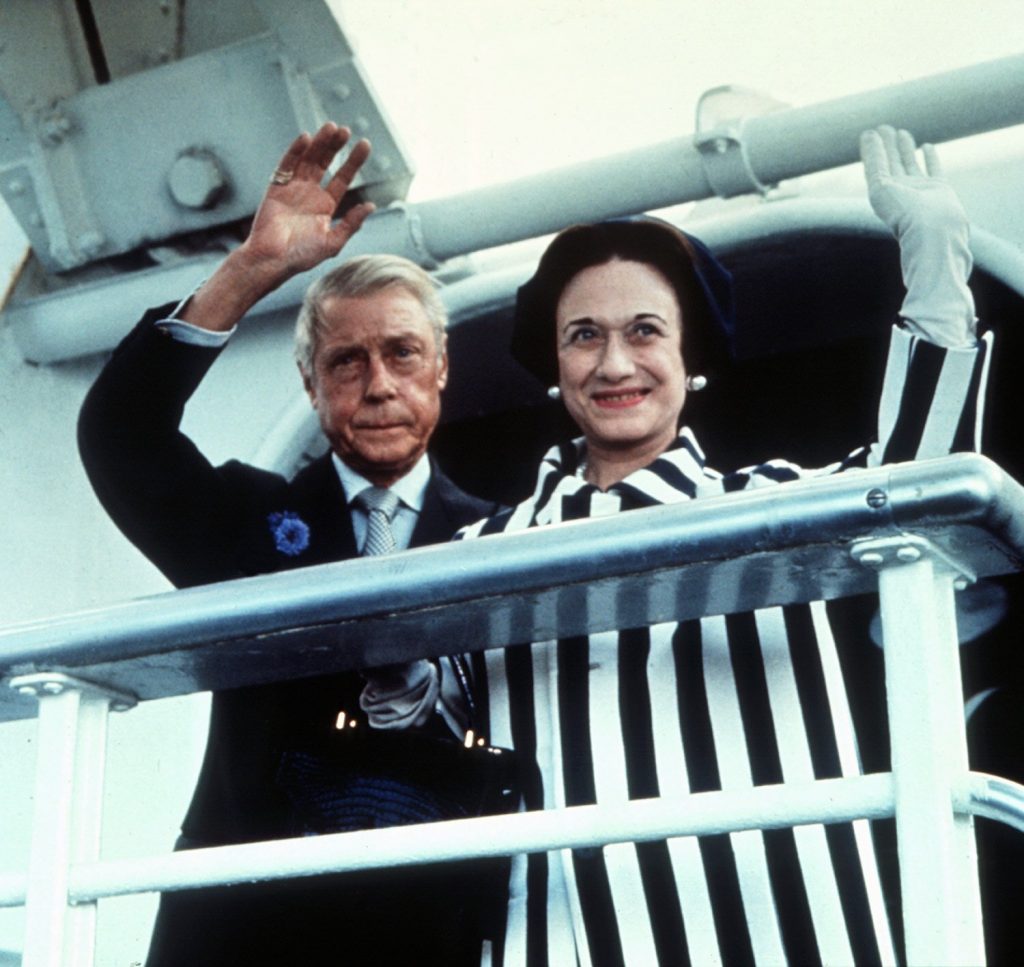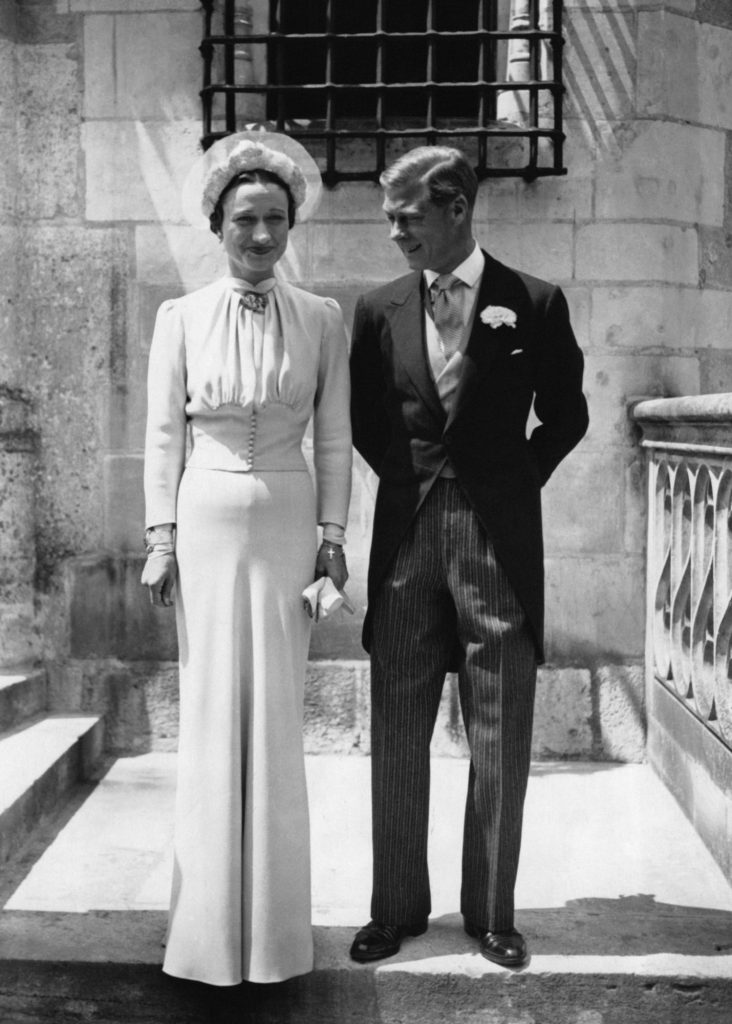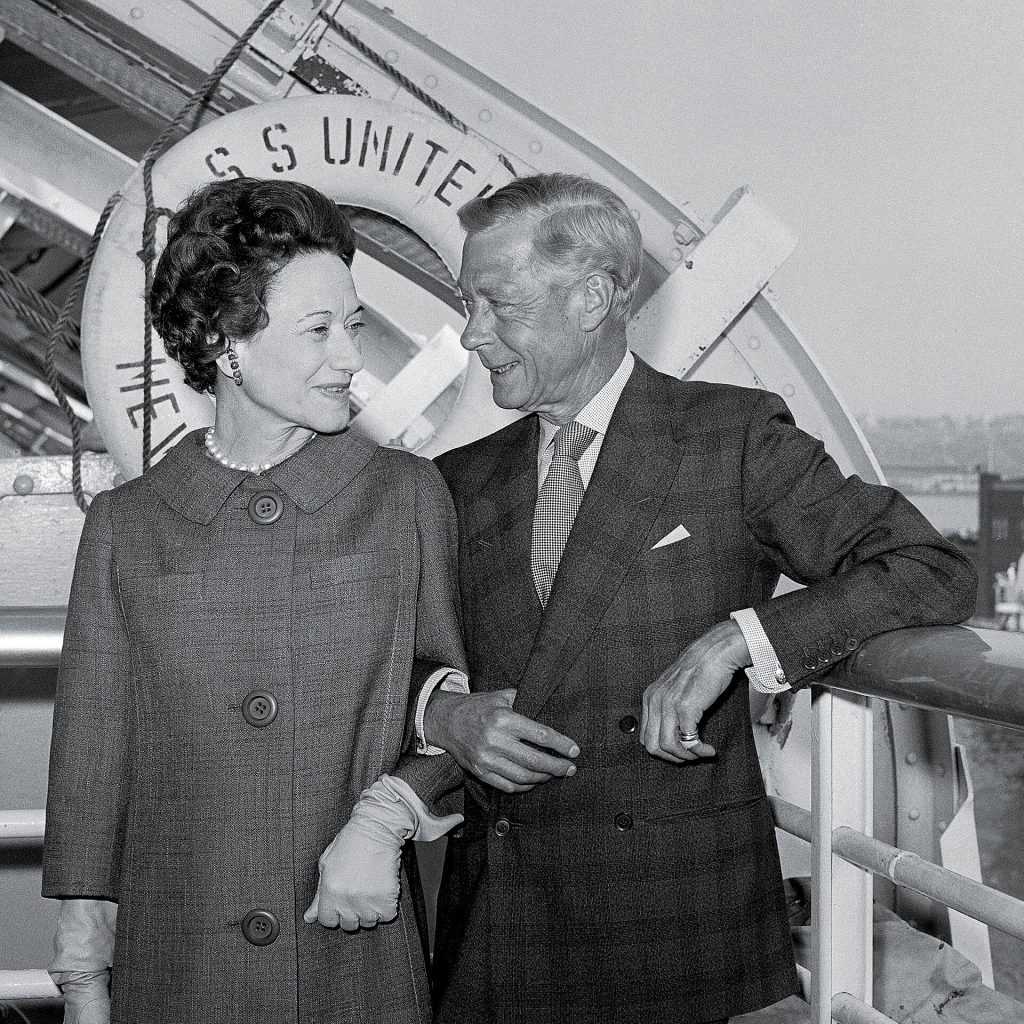


Inside the ‘Annihilating Burden’ of King Edward’s Love
On December 11, 1936, King Edward VIII announced he was abdicating the throne to marry Wallis Simpson — read from the biography that sheds fresh insight on one of history’s most vilified women.
Wallis Simpson is the woman whom history has largely vilified and painted as the cause of the downfall of a king. When popular King Edward VIII gave up the throne in 1936 to marry the American divorcee she faced opprobrium that has continued to this day.
But Wallis was “a convenient scapegoat and took the rap for the abdication,” The American Duchess: The Real Wallis Simpson author Anna Pasternak tells PEOPLE for its Royals‘ special fall edition.
In fact, Pasternak says, the determination to give up the throne — in the face of being told by what the author calls the “unholy trinity of the palace, the church and Parliament” that he couldn’t marry the divorced Simpson and remain as king — came from Edward himself.
The bold move “was the last thing she wanted,” and the man who reigned for just 326 days harbored “this kind of ferocious, obsessive love for her — he was never going to let her go.”
The author writes in The American Duchess: “As far as he was concerned, he could not live without her and could not see that she might not be able to live with the consequences of his single-mindedness. Being blamed in perpetuity for stealing a beloved, popular king from his throne and almost destroying the British monarchy would prove to be a lifelong annihilating burden that Wallis was forced to bear.”
Edward signed abdication papers on December 10, 1936, and made the announcement via radio broadcast to his subjects the next day, saying, “I have found it impossible to carry the heavy burden of responsibility and to discharge my duties as king as I would wish to do without the help and support of the woman I love.’
The couple became the Duke and Duchess of Windsor, living out their lives in exile largely in France.
Their love endured, as evidenced by a letter that Pasternak exclusively secured from one of the couple’s former staffers. David (the duke’s family name before he adopted the kingly name Edward) would write touching missives to his wife for every birthday. The last one is reprinted, shaky handwriting and all, in the latest issue of PEOPLE Royals: “Happy Birthday my Sweetheart. You must rest to get well for your David who loves you more and more.”
According to Pasternak, the 1971 note — in which the former king underlined his name for emphasis — is “concrete proof that it was a genuine love story right to the very end.”
After Edward gave up the throne, his shy brother, Albert (a.k.a. Bertie) was thrust into the limelight and took over, titling himself King George VI.
A little more than 15 years after George’s coronation, his eldest daughter, 25-year-old Princess Elizabeth, was elevated to the throne when the king died unexpectedly of a coronary thrombosis in 1952. Now, 95, the Queen has gone on to become the longest-reigning monarch in British history and will hit a remarkable 70 years on the throne in February, with a Platinum Jubilee celebration scheduled to follow in June.
And the infamous moment that will forever have Elizabeth’s uncle and his wife etched in the history books was not something the Duke of Windsor ever lamented.
Says Pasternak, “The duke always said that not once did he regret the abdication, because he was so happy.”
